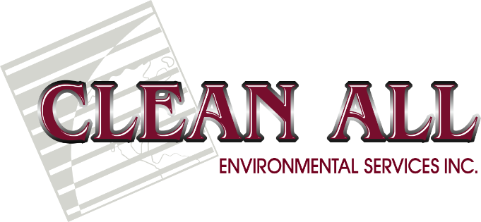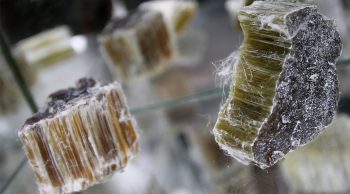Black Mold Vs. Asbestos: How They’re Affecting Your Life
When it comes to hidden contaminants in your home, you probably know that black mold and asbestos can be hazardous and hard to detect. But what is the main difference between the two household dangers? Whether you are dealing with black mold or asbestos, it is essential that you professionally remove the contamination before it can cause damage to your health and the structural integrity of your home. This blog post will discuss the main differences between black mold and asbestos in your home. We will also discuss warning signs to look out for and how to access the appropriate removal services to ensure you and your family are safe from these common household dangers.
The differences between black mold and asbestos are that one is an environmental fungus that can grow on any surface in your home. In contrast, asbestos is a carcinogenic material used back in the day for construction purposes. Professionals should remove these hazardous materials as soon as their company identifies them. However, once the asbestos is removed from your home, there is no danger of it returning, whereas black mold can continue to grow in homes if it is not entirely removed and water leaks aren’t identified and fixed. If moisture continues to build up in your home, black mold can return and continue to affect your family’s health.
Black Mold
First, let’s talk about the unique properties of black mold. As a fungus, black mold is found naturally in the environment but can thrive in moist areas of your home and release spores that are detrimental to your family’s health. Some of the symptoms associated with black mold exposure include:
- respiratory problems
- headaches
- dizziness
- itchy and runny eyes.
Black mold may grow in your home if these symptoms worsen inside and improve when you go out. These symptoms can also worsen during winter when most people spend extended periods at home without airflow. You must book a professional mold inspection team to diagnose and treat the problem if you start suffering from these symptoms.
Finding black mold in your home means not only that you have contamination that needs to be removed but also that you have a build-up of moisture potentially due to a water leak or water damage. Mold growth usually coincides with significant amounts of moisture, and mold removal specialists can help identify if a water leak contributes to the build-up of mold in your home.
Always remember that even if you cannot see mold, it may still grow in difficult-to-reach corners of your home, including attics, basements, crawl spaces, below floorboards, or behind drywall. Once you set up a professional inspection and abatement service, they will perform a thorough inspection of your home and test the air quality. If mold is discovered, they will then use professional products to remove the contamination and perform additional tests to ensure you are once again breathing the best air quality.
Asbestos
Compared to black mold, asbestos is a naturally occurring mineral fibre used in many building materials before 1980. Products included insulation, ceiling tiles, drywall, paints, and plaster. In the 1970s, the Environmental Protection Agency of the USA determined that inhaling asbestos fibres can cause various lung-related illnesses, including lung cancer.
In a pivotal moment, asbestos was banned in new construction projects, but it continues to show up in homes and buildings built before 1980. Suppose you are performing renovations or additional construction on a house with asbestos. In that case, you will require a certified asbestos abatement contractor to properly remove the material and ensure the safety of your home.
If you suspect you have asbestos in your home, you mustn’t try to remove it on your own. Inhaling asbestos fibres seriously threatens your health and can cause long-term complications. Removal of asbestos is government regulated, and a certified professional should be hired to assist with the elimination of any materials identified to contain asbestos.
These professionals’ job is to inspect your home and remove materials that could release fibres into the air to be inhaled by your family. The good news is that asbestos can be removed to allow the safe renovation of homes; you simply need to hire a professional to assist with the appropriate removal of the dangerous material.
Effective Black Mold Remediation & Asbestos Abatement
Black mold and asbestos are dangerous if inhaled, posing significant health risks to anyone exposed. Professional help should be sought to help you deal with either substance in your home. Clean All can provide mold and asbestos removal services in Cornwall and surrounding areas. The team at Clean All has 25 years of experience identifying black mold growth and materials that may contain asbestos.
Clean All begins with an air quality test, allowing our professionals to determine the extent of the contamination in your air. With professional certifications and access to appropriate cleaning materials, Clean All not only identifies black mold or asbestos but can also remove the contamination to ensure you can breathe the best air in your home. Every removal service then ends with an additional air quality test to confirm that all contamination has been removed.

